Hopkins County
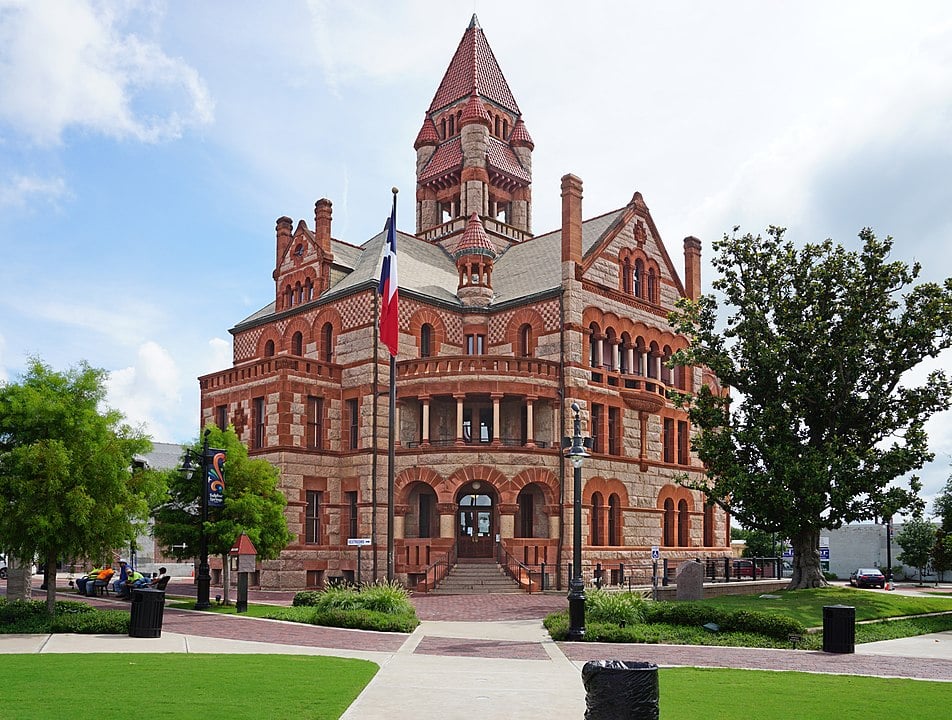
Hopkins County, Texas
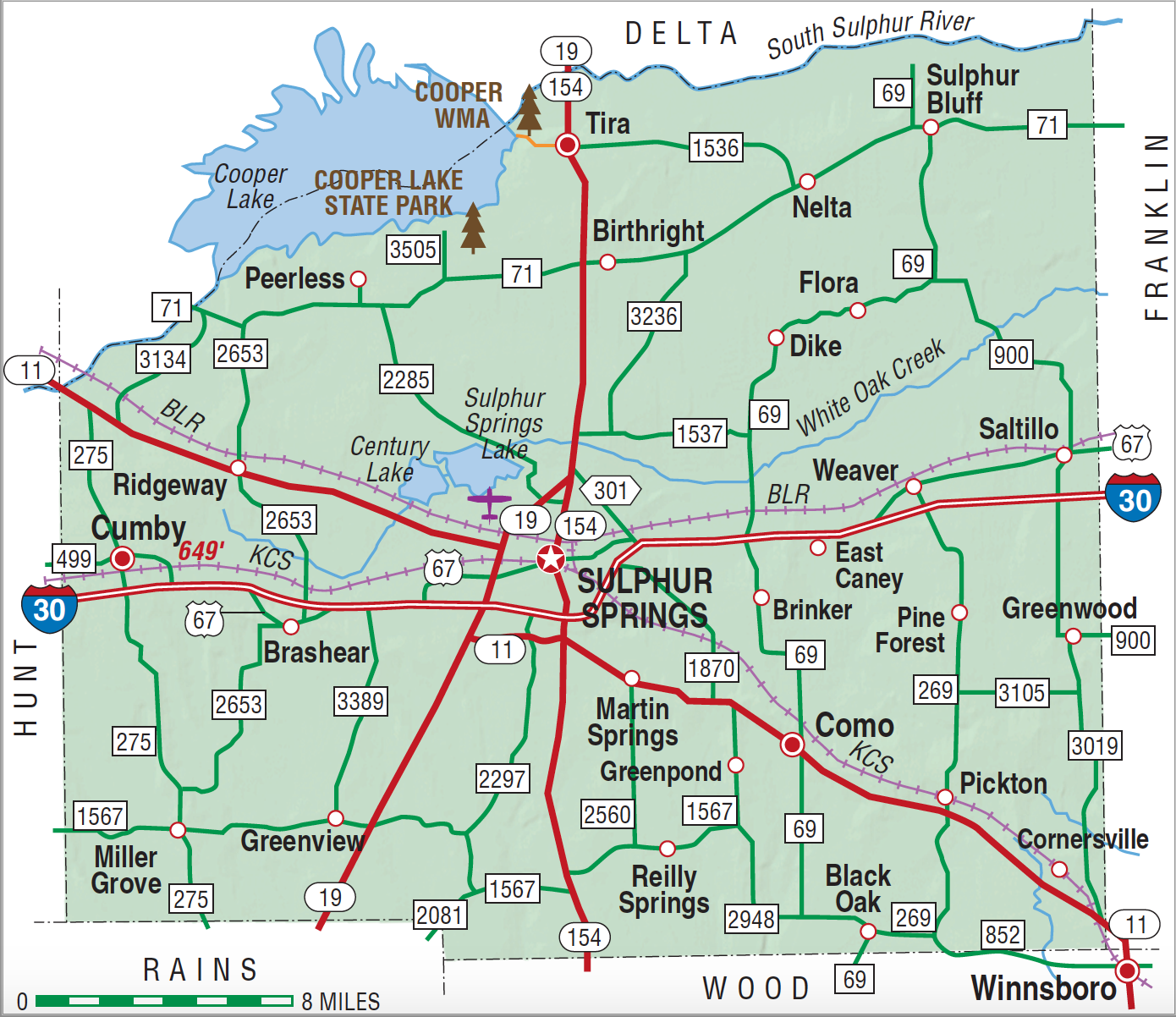
Hopkins County, Texas
Hopkins County, in northeast Texas, is bordered on the north by the South Sulphur River. The county seat, Sulphur Springs, is on Interstate Highway 30, eighty-two miles northeast of Dallas. The approximate center of the county is at 33°10' north latitude, 95°40' west longitude. Hopkins County has an area of 789 square miles, divided between Blackland Prairie in its northern half and southwestern quarter and the claypan of the post oak belt in its southeastern quarter. The Blackland Prairie consists primarily of deep, loamy, moderately well-drained soils. There is little timber, except along the streams, where hardwoods are found. The soils of the claypan area differ mainly in their greater ability to absorb and release moisture. In this area of the county numerous hardwoods, as well as evergreens and pines, grow profusely. The terrain of Hopkins County is level to rolling, and its elevations range from 350 to 650 feet above mean sea level. The higher elevations form a divide east-to-west along what is roughly the center of the county. North of the divide the small streams flow north, and south of the divide, south. The county's major interior stream, White Oak Creek, traverses the east-west center of the county, heading slightly to the northeast. The major lakes-Sulphur Springs (which covers about 1,134 acres), Century (613 acres), and Coleman (49 acres)-are man-made impoundments. The county has deposits of oil, gas, glauconite, phosphorite, lignite, industrial sand, and clay used to produce firebrick. The climate is humid and subtropical, with an average rainfall of 45 inches a year. Temperatures range from an average low of 32° F in January to an average high of 95° F in August. The growing season averages 238 days a year.
The area that became Hopkins County was originally occupied by the Caddo Indians, who were later displaced by the Cherokees. Troops dispatched by the Republic of Texas under the command of Gen. Kelsey H. Douglass defeated the Cherokees in 1839. This event encouraged settlers, now relatively free from Indian attacks, to move into what is now Hopkins County. A grave marker near the first White settlement, Sulphur Bluff, indicates that settlers were in the area by 1837. Hopkins County was created from parts of Lamar and Nacogdoches counties in March 1846 by the first Texas state legislature. It was named for the David Hopkins family of pioneers. The county seat was established at Tarrant, about five miles north of Sulphur Springs, and remained there until 1870, when the state legislature officially made Sulphur Springs the seat of county government. The territory of the original 1846 Hopkins County was subsequently reduced several times. In 1870 a part of its southwestern corner was given to Rains County, and land north of the South Sulphur River was given to Delta County. In 1871 a small tip of Hopkins County's northeastern corner was given to Lamar County. Hopkins County was settled mainly by southerners; it had a population of 2,623 by 1850. Slavery and cotton culture did not play a dominant role in the county before the Civil War. The census of 1850 enumerated 154 slaves in Hopkins County, less than 6 percent of the total population; that same year no cotton was reported planted in the county. The county population increased threefold during the 1850s. On the eve of the Civil War the census of 1860 reported 7,875 inhabitants, of which just under 1,000 were Black. Corn and wheat were the main crops, and cattle and sheep ranching were also important, with almost 22,000 head of cattle and more than 36,000 sheep in the county that year.
Bob Gilbert, Michelle Gilbert | © TSHA

Adapted from the official Handbook of Texas, a state encyclopedia developed by Texas State Historical Association (TSHA). It is an authoritative source of trusted historical records.

- ✅ Adoption Status:
- This place is available for adoption! Available for adoption!
- Adopted by:
- Your name goes here
- Dedication Message:
- Your message goes here
Currently Exists
Yes
Place type
Hopkins County is classified as a County
Altitude Range
340 ft – 649 ft
Size
Land area does not include water surface area, whereas total area does
- Land Area: 767.2 mi²
- Total Area: 792.8 mi²
Temperature
January mean minimum:
32.9°F
July mean maximum:
93.1°F
Rainfall, 2019
47.2 inches
Population Count, 2019
37,084
Civilian Labor Count, 2019
16,635
Unemployment, 2019
5.8%
Property Values, 2019
$2,995,042,753 USD
Per-Capita Income, 2019
$39,120 USD
Retail Sales, 2019
$625,224,556 USD
Wages, 2019
$137,870,018 USD
County Map of Texas
Hopkins County
- Hopkins County
Places of Hopkins County
| Place | Type | Population (Year/Source) | Currently Exists |
|---|---|---|---|
| Town | – | – | |
| Town | 41 (2009) | Yes | |
| Town | – | – | |
| Town | – | – | |
| Town | – | – | |
| Town | – | – | |
| Town | – | – | |
| Town | 100 (2009) | Yes | |
| Town | – | – | |
| Town | 150 (2009) | Yes | |
| Town | 26 (2009) | Yes | |
| Town | – | – | |
| Town | – | – | |
| Town | 280 (2009) | Yes | |
| Town | – | – | |
| Town | 100 (2009) | Yes | |
| Town | – | – | |
| Town | – | – | |
| Town | – | – | |
| Town | – | – | |
| Town | – | – | |
| Town | – | – | |
| Town | – | – | |
| Town | – | – | |
| Town | – | – | |
| Town | 732 (2021) | Yes | |
| Town | – | – | |
| Town | 200 (2009) | Yes | |
| Town | – | – | |
| Town | 50 (2009) | Yes | |
| Town | – | – | |
| Town | 695 (2021) | Yes | |
| Town | – | – | |
| Town | 170 (2009) | Yes | |
| Town | – | – | |
| Town | – | – | |
| Town | 100 (2009) | Yes | |
| Town | – | – | |
| Town | – | – | |
| Town | – | – | |
| Town | – | – | |
| Town | – | – | |
| Town | – | – | |
| Town | 20 (2009) | Yes | |
| Town | – | – | |
| Town | – | – | |
| Town | – | – | |
| Town | – | – | |
| Town | – | – | |
| Town | – | – | |
| Town | – | – | |
| Town | – | – | |
| Town | – | – | |
| Town | 40 (2009) | Yes | |
| Town | 150 (2009) | Yes | |
| Town | 25 (2009) | Yes | |
| Town | 100 (2009) | Yes | |
| Town | – | – | |
| Town | – | – | |
| Town | – | – | |
| Town | – | – | |
| Town | – | – | |
| Town | 20 (2009) | Yes | |
| Town | – | – | |
| Town | – | – | |
| Town | – | – | |
| Town | – | – | |
| Town | – | – | |
| Town | – | – | |
| Town | – | – | |
| Lake | – | Yes | |
| Town | – | – | |
| Lake | – | Yes | |
| Town | – | – | |
| Town | – | – | |
| Town | – | – | |
| Town | – | – | |
| Town | – | – | |
| Town | – | – | |
| Town | – | – | |
| Town | – | – | |
| Town | 200 (2009) | Yes | |
| Town | 115 (2009) | Yes | |
| Town | – | – | |
| Town | – | – | |
| Town | – | – | |
| Town | – | – | |
| Town | 36 (2009) | Yes | |
| Town | – | – | |
| Town | – | – | |
| Town | – | – | |
| Town | – | – | |
| Town | – | – | |
| Town | – | – | |
| Town | – | – | |
| Town | – | – | |
| Town | – | – | |
| Town | – | – | |
| Town | 90 (2009) | Yes | |
| Town | – | – | |
| Town | 300 (2009) | Yes | |
| Town | 100 (2009) | Yes | |
| Town | – | – | |
| Town | – | – | |
| Town | – | – | |
| Town | – | – | |
| Town | – | – | |
| Town | 12 (2009) | Yes | |
| Town | – | – | |
| Town | 75 (2009) | Yes | |
| Town | – | – | |
| Town | – | – | |
| Town | – | – | |
| Town | – | – | |
| Town | 54 (2009) | Yes | |
| Town | – | – | |
| Town | – | – | |
| Town | 200 (2009) | Yes | |
| Town | – | – | |
| Town | – | – | |
| Town | – | – | |
| Town | – | – | |
| Town | 20 (2009) | Yes | |
| Town | – | – | |
| Town | – | – | |
| Town | – | – | |
| Town | 280 (2009) | Yes | |
| Town | 15,995 (2021) | Yes | |
| Town | – | – | |
| Town | – | – | |
| Town | 20 (2009) | Yes | |
| Town | – | – | |
| Town | 56 (2009) | Yes | |
| Town | – | – | |
| Town | – | – | |
| Town | 327 (2021) | Yes | |
| Town | – | – | |
| Town | – | – | |
| Town | – | – | |
| Town | – | – | |
| Town | – | – | |
| Town | – | – | |
| Town | 35 (2009) | Yes | |
| Town | – | – | |
| Town | – | – | |
| Town | – | – | |
| Town | – | – | |
| Town | – | – | |
| Town | – | – | |
| Town | – | – | |
| Town | – | – |
Photos Nearby:
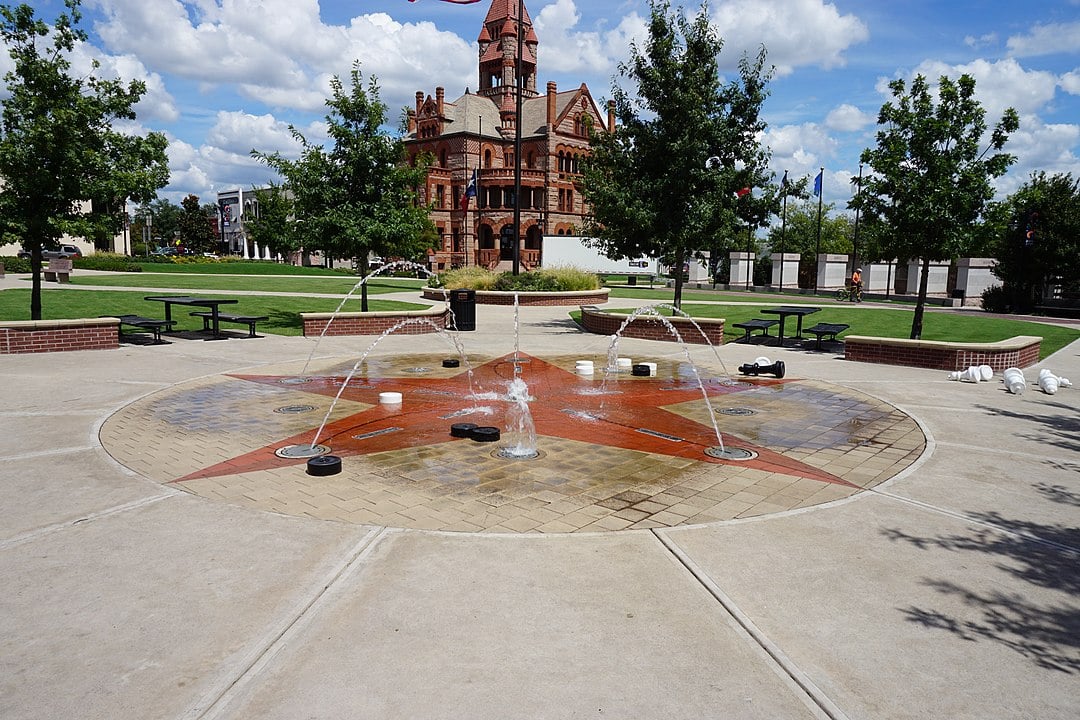
Sulphur Springs, Texas
View of the downtown square of Sulphur Springs, the seat of Hopkins County, Texas Photograph by Michael Barera.
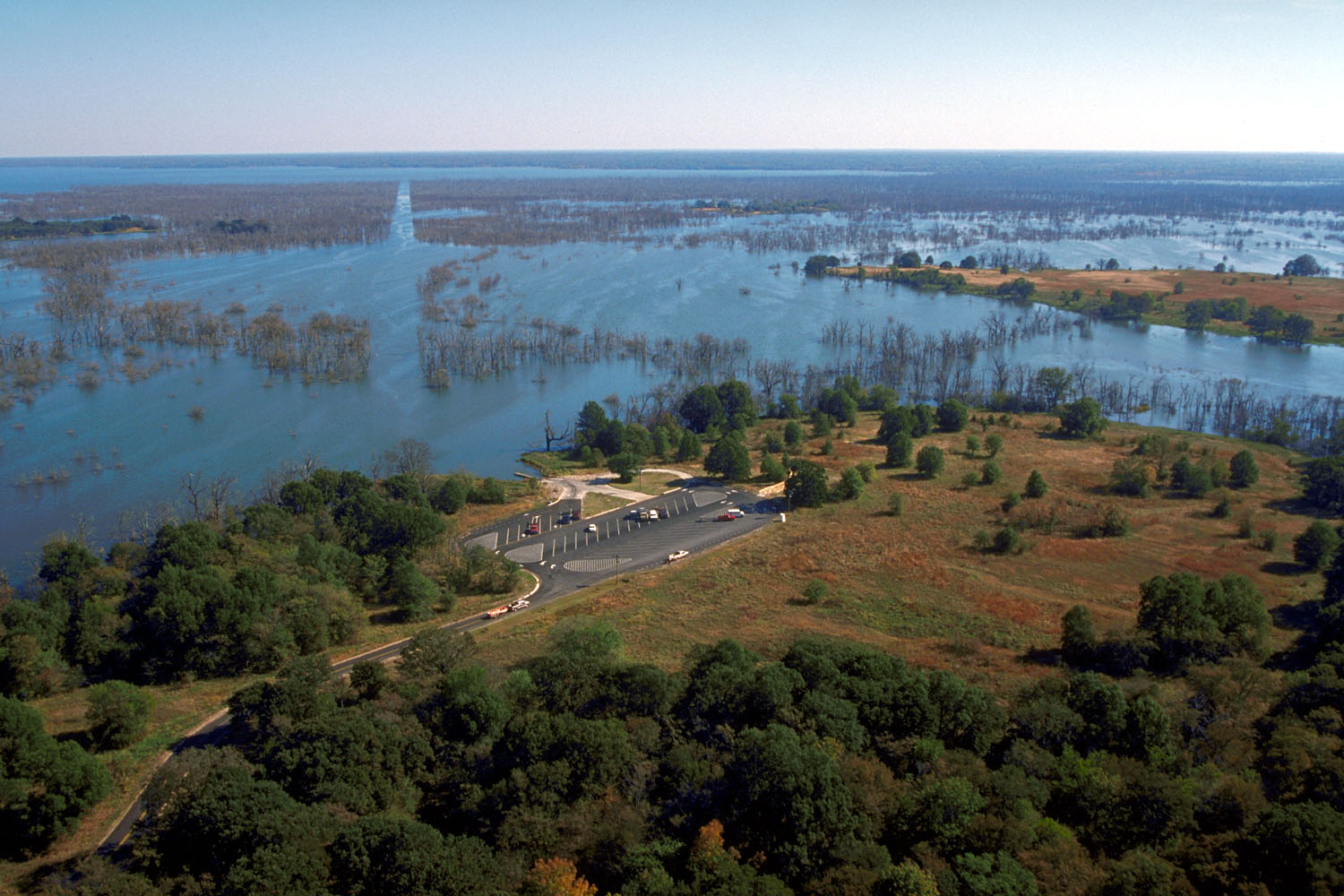
Most locals still call this lake by its original name, Cooper Lake
Photo by the U.S. Army Corps of Engineers, Public Domain
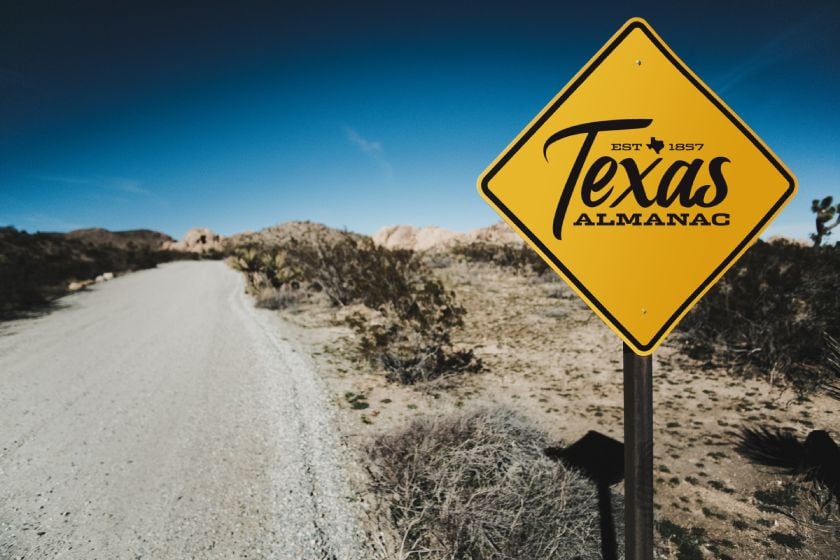
Proud to call Texas home?
Put your name on the town, county, or lake of your choice.
Search Places »

